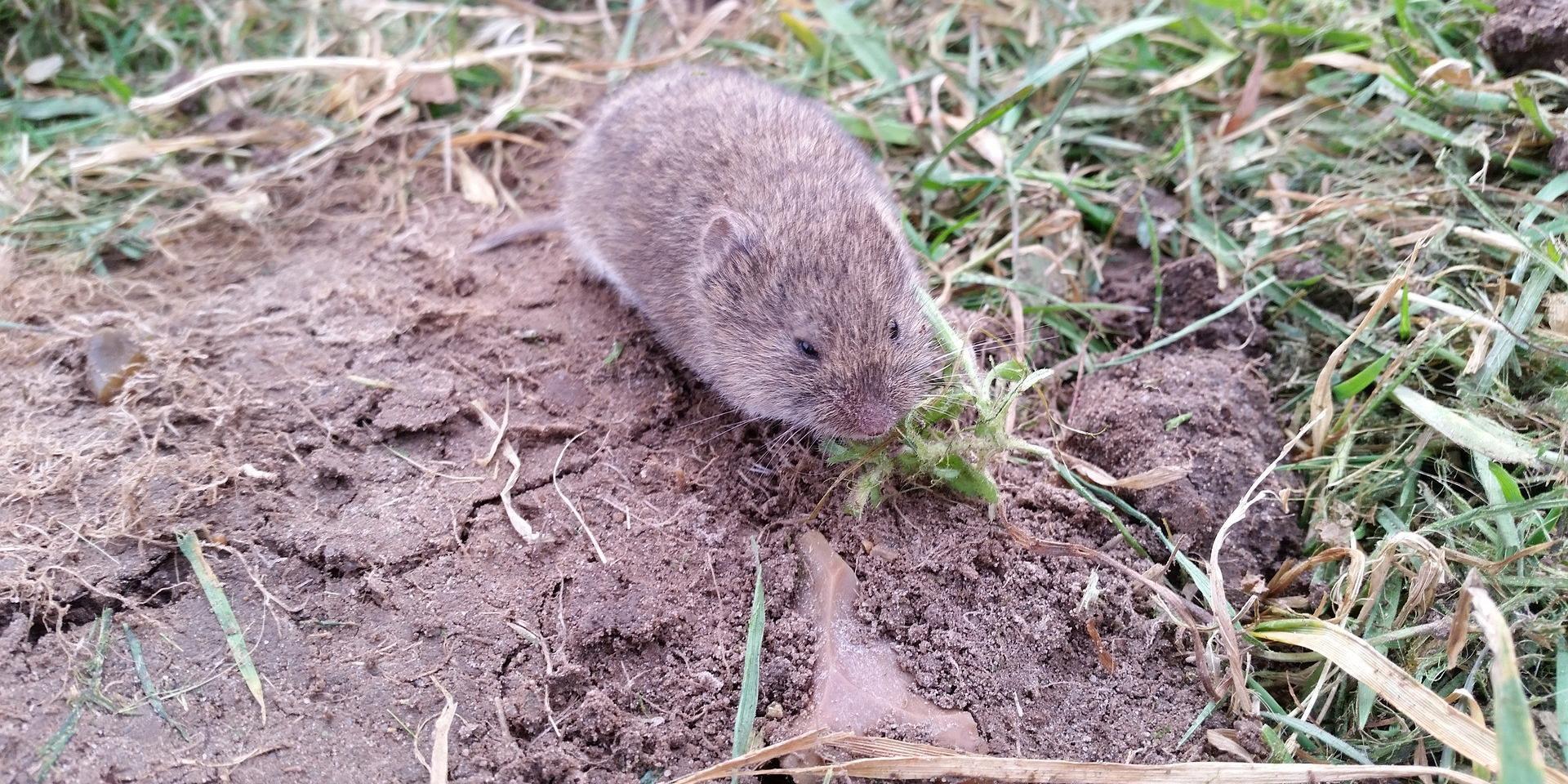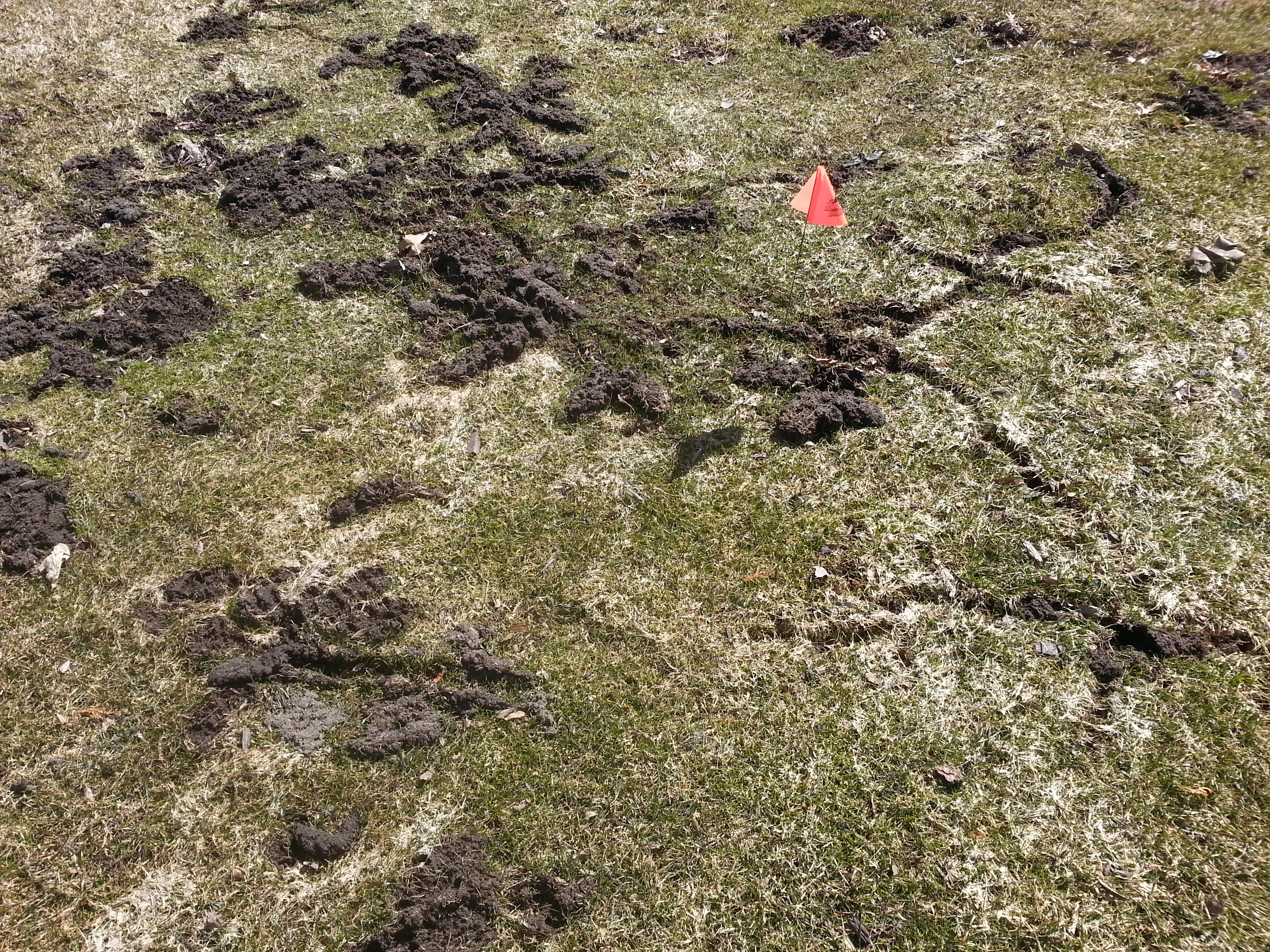Vole Control Tips to Preserve Your Lawn and Gardens
Vole Control Tips to Preserve Your Lawn and Gardens
Blog Article
Grasping Vole Bug Control: Comprehensive Insights on Problem Avoidance and Treatment Strategies
As building proprietors and caretakers, the existence of voles can posture a significant obstacle to keeping the integrity of our outside rooms. Comprehending the complexities of vole behavior is crucial in developing reliable insect control strategies. By identifying the subtle indicators of vole invasion early, we can take proactive steps to stop widespread damages. In this discussion, we will check out the subtleties of vole actions, delve into the recognition of infestation indicators, and discover one of the most efficient avoidance and therapy techniques. Remain tuned to find the insights that will empower you to understand vole insect control and safeguard your property against these elusive rats.
Recognizing Vole Actions
Examining the foraging patterns of voles supplies beneficial understandings into their behavior and environment choices. Voles, tiny rats resembling computer mice, are herbivores understood for their underground tunneling tasks. By observing their foraging habits, researchers can gain a far better understanding of where voles choose to establish their environments and the degree of their environmental influence. Voles are respected breeders, with a single women qualified of creating several clutters in a year, making it crucial to understand their habits for effective parasite control approaches.
Research study suggests that voles show careful feeding behaviors, liking origins, tubers, and seeds. This dietary preference affects their foraging patterns, leading them to areas abundant in greenery and ground cover. In addition, voles are known to develop fancy passage systems for foraging and nesting purposes, indicating a high level of flexibility to their surroundings.
Comprehending vole habits is necessary for applying targeted parasite control measures that disrupt their habitat preferences and foraging activities (vole control). By studying their actions, specialists can establish much more effective avoidance and therapy approaches to take care of vole problems

Identifying Signs of Vole Invasion
Vole problems can be discovered by acknowledging certain indications of their visibility in an area. One of the most common signs of a vole infestation is the presence of surface runways.
One more essential sign of vole infestation is the presence of small burrow openings in the ground. Additionally, voles are recognized to leave behind eaten plant stems, origins, and light bulbs near their burrow openings, suggesting their feeding activity in the area.
Discovering these droppings along runways or near burrow openings can verify a vole invasion. By being attentive for these indicators, building proprietors can immediately resolve vole infestations and stop more damages.
Executing Positive Prevention Steps

Moreover, employing all-natural vole deterrents like castor oil-based repellents or predator pee can serve as effective safety nets. It is additionally recommended to routinely check outdoor rooms for any type of indicators of vole activity, such as paths continue reading this or burrow openings, to attend to possible invasions without delay. vole control. By embracing these aggressive prevention methods, homeowner can considerably minimize the chance of vole damage and preserve the wellness and looks of their landscapes
Effective Treatment Techniques
Including targeted capturing methods and utilizing authorized rodenticides are necessary parts of effective treatment techniques for handling vole invasions. Capturing can be a reliable means to reduce vole populations, particularly when put tactically in their energetic paths. Break catches and live catches can both work, with the latter allowing for the capture and relocation of voles. When using rodenticides, it is important to comply with security guidelines to stop injury to non-target pets and pet dogs. Area rodenticides in secure bait stations to minimize risks to unintentional targets. Additionally, habitat alteration, such as reducing ground cover and getting rid of resources of food, can assist prevent voles from infesting an area. Routine monitoring and maintenance are additionally vital facets of successful therapy strategies to ensure that vole populaces are kept under control. By combining trapping, rodenticides, environment alteration, and regular surveillance, reliable vole parasite control can be accomplished.
Monitoring and Upkeep Tips
Regular monitoring allows for the early detection of vole activity, enabling timely intervention before infestations intensify. To efficiently keep track of vole populations, tactically placed traps can be utilized in vole paths or near burrow entries.
In addition, keeping a clean and clean landscape is important in vole prevention. Clearing away particles, such as heaps of timber or thick plants, eliminates possible vole environments. On a regular basis cutting and trimming yards greenery helps lower vole concealing areas and minimizes their accessibility to food resources.
Additionally, ongoing upkeep of physical barriers, such as fences or cord mesh, is crucial to stop vole intrusion. Inspecting and fixing any type of damages to check these frameworks guarantees that vole control remains reliable in securing properties from invasions. By incorporating these surveillance and upkeep practices right into a thorough vole bug control plan, people can successfully manage vole populations and protect their residential properties from damage.
Verdict
To conclude, understanding vole bug control requires a solid understanding of vole actions, the capability to identify indications of problem, executing aggressive prevention procedures, reliable treatment strategies, and constant surveillance and maintenance. By taking a detailed strategy to vole control, individuals can successfully take care of and prevent invasions, ultimately shielding their home and bordering environment from damages triggered by these tiny rats.
In this conversation, we will certainly check out the subtleties of vole behavior, delve right into the recognition of problem indications, and reveal the most reliable prevention and treatment techniques.Incorporating targeted trapping techniques and using accepted rodenticides are essential components of effective treatment strategies for managing vole infestations. To effectively keep track of vole populations, strategically placed traps can be made use of in vole paths or near burrow entrances. Inspecting and fixing any kind of damages to these frameworks ensures that vole control continues to be reliable navigate to this website in guarding properties from problems. By including these tracking and maintenance practices right into a thorough vole bug control plan, individuals can properly take care of vole populations and protect their properties from damages.
Report this page